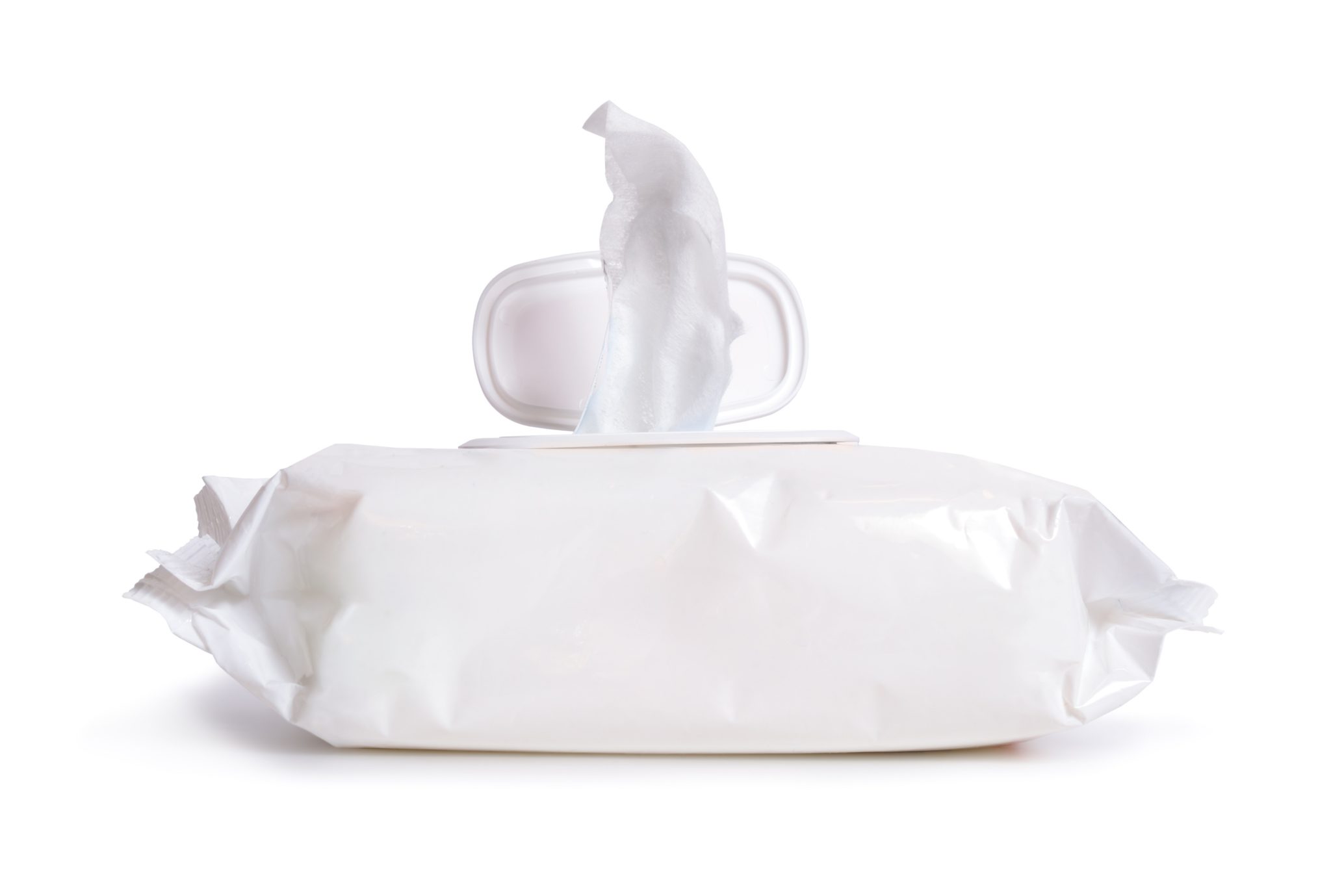With Australians facing a second wave of toilet paper hoarding, many consumers may turn their attention to the next best thing: toilet towelettes or wipes. However, the age old question remains: can a wipe actually be flushed? In the case of Kleenex Cottonelle Fushable Cleansing Cloths (“KCFC Wipes”), the Full Federal Court of Australia (“Full Federal Court”) has recently upheld the Federal Court’s finding that the manufacturer of the KCFC Wipes did not make false or misleading claims by marketing those wipes as “flushable”.
Background
In December 2016, the Australian Competition and Consumer Commission (“ACCC”) commenced proceedings against Kimberly-Clark (“Manufacturer”), the manufacturer of the KCFC Wipes. The ACCC claimed that by marketing and selling the KCFC Wipes as flushable, the Manufacturer contravened the Australian Consumer Law (“ACL”) by, amongst other things, representing that the KFCF Wipes:
- were suitable to be flushed down the toilet and into sewerage systems in Australia (“flushability representation”);
- had similar characteristics to toilet paper when flushed (“characteristics representation”); and
- would break up or disintegrate in a timeframe and manner similar to toilet paper (“disintegration representation”).
The contraventions that were alleged by the ACCC against the Manufacturer included:
- engaging in conduct, in trade or commerce, which was misleading or deceptive, or likely to mislead or deceive, in contravention of section 18(1) of the ACL; and
- engaging in conduct, in trade or commerce, that was liable to mislead the public as to the nature, characteristics, and suitability for purpose of the KCFC Wipes, in contravention of section 33 of the ACL.
Decision Of The Federal Court
In the first instance, Gleeson J of the Federal Court accepted that the Manufacturer had made the flushability representation, but held that such a representation was not false, misleading or deceptive or otherwise contravened the ACL. In reaching this conclusion, the primary judge found that:
- the KCFC Wipes were intended to be flushed down the toilet and into sewerage systems in Australia;
- the flushability representation was based on the fact that the KCFC Wipes passed tests set out in certain international guidelines for flushability (“Guidelines”). Those tests were designed to assess whether a product was compatible with the ordinary operation of household and municipal waste systems;
- whilst the ACCC relied on a number consumer complaints received by the Manufacturer about household system blockages, there was no evidence from any other consumer or plumber that the KCFC wipes had caused a household system blockage. The evidence indicated that there were a number of causes to sewerage blockages; and
- whilst there was significant evidence that wipe products cause issues to municipal sewerage systems, such evidence did not demonstrate, on the balance of probabilities, that the KCFC Wipes had contributed to those issues.
Appeal
In July 2019, the ACCC appealed the Federal Court’s decision. The Full Federal Court dismissed that appeal in June 2020.
In relation to the flushability representation, the ACCC’s grounds of appeal included that:
- in determining whether the flushability representation was false or misleading, the primary judge applied an incorrect test (proof of actual harm) instead of the correct test (risk of harm).
The Full Federal Court dismissed this ground on the basis that the primary judge was responding to the ACCC’s case, which required the ACCC to prove harm in order to succeed. Furthermore, the primary judge had considered the risk of harm posed by the KCFC Wipes, but concluded that the risk was not shown to be materially greater than that posed by toilet paper;
- the primary judge’s finding that the KCFC Wipes did not present a risk of harm materially greater than the risk posed by toilet paper, was inconsistent with the weight of the evidence.
This ground was rejected. The Full Federal Court observed that:
(a) the primary judge found that the KCFC Wipes posed a greater risk of clumping (and consequently blockages), as the KCFC Wipes broke down more slowly than toilet paper. However, such a risk was not held to be materially greater than the risk posed by toilet paper. The Full Federal Court concluded that the primary judge did not err in considering the paucity of evidence of harm in making such a finding; and
(b) the ACCC did not adduce evidence which quantified the higher risk presented by the KCFC Wipes. The ACCC also failed to establish that such a risk was materially greater than the risk of harm presented by toilet paper. The Full Federal Court noted that according to the evidence, toilet paper also did not break down in drain lines;
- in determining that the KCFC Wipes were suitable for flushing, the primary judge erred in finding that the consumer complaints made to the Manufacturer were not sufficient to support a conclusion that the KCFC Wipes were unsuitable for flushing.
The Full Federal Court rejected this ground, noting that, amongst other things, “hundreds of millions of wipes were sold over the relevant period”, but the number of consumer complaints was limited to twenty-six. In light of the ACCC’s submissions, only one of those complaints was likely to relate to a drain line, where 90% of blockages occur;
- the primary judge erred in finding that the Guidelines were an appropriate framework for assessing flushability. The ACCC argued that manufacturers had developed their own guidelines for testing flushability in the absence of a binding Australian or international standard. The ACCC also argued that the Guidelines did not reliably measure flushability, as they did not replicate “real world sewerage conditions”.
In rejecting this ground, the Full Federal Court observed that:
(a) the primary judge had dealt with the fact that manufacturers were developing their own guidelines; and
(b) the Manufacturer had conducted “real world testing” at its facility.
The ACCC also contended that the primary judge should have found that the Manufacturer had made the Characteristics Representation and the Disintegration Representation. The Full Federal Court did not accept this argument observing that, amongst other things, the majority of representations relied upon by the ACCC did not compare the KCFC Wipes with the characteristics of toilet paper. The Full Federal Court also concluded that a reasonable consumer would not have understood the KCFC Wipes to disintegrate like toilet paper, in view of the Manufacturer’s direction not to flush more than two wipes.
Conclusion
The respective decisions of the Federal Court and the Full Federal Court highlight the need for manufacturers to make accurate representations about the quality, performance and function of their products. Before a manufacturer makes a representation in respect of any of those matters, it should ensure that it has conducted appropriate testing to support the relevant representation. In certain circumstances, it may not be sufficient to limit testing to that prescribed by the relevant guidelines.











